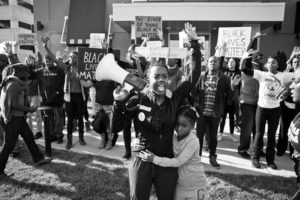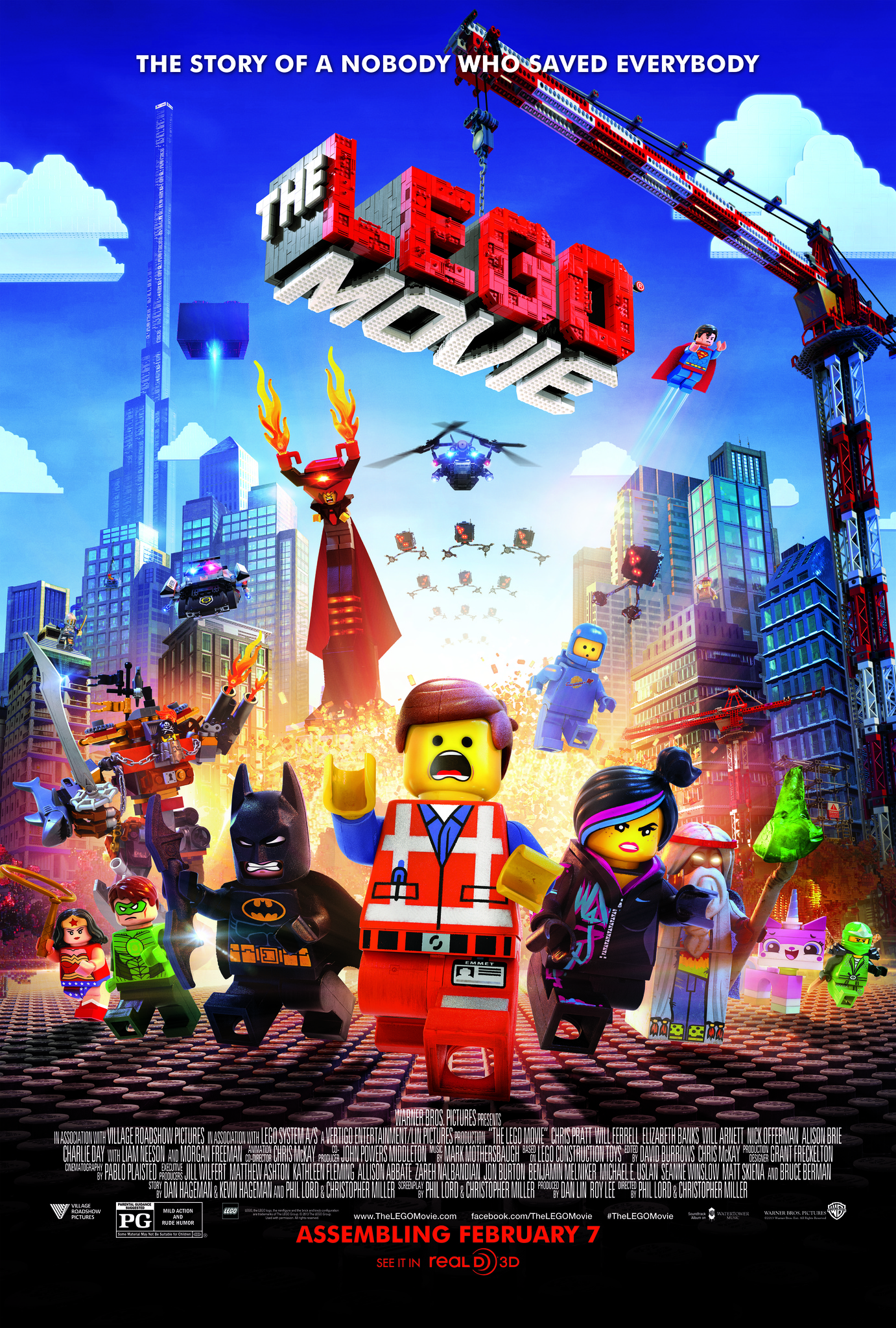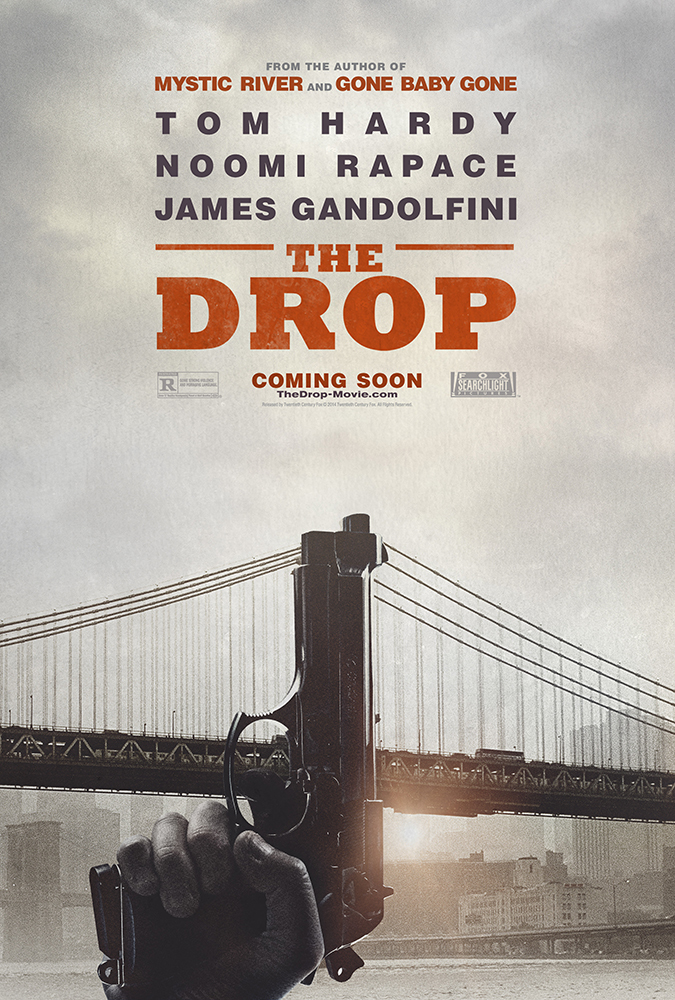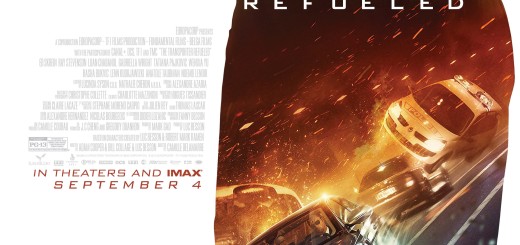Whose Streets? – Movie Review
 Whose Streets? – NR
Whose Streets? – NR
Release Date: 2017
First off, let’s just take a moment to appreciate how recent the events of Ferguson are, and how the development of a documentary factors into that timeframe. Ferguson, the event itself, happened in 2014. It is now just barely 2017, and Whose Streets has arrived, fully baked. There has barely been enough time to let us put those events in their historical perspective, much less build a documentary that reflects newfound wisdom around them. The wound is still raw. Not as raw as it was in those first few months, but definitely, there is still a hurt. But as it turns out, that ongoing need to believe and live in a movement is what drives the heart of this film.
Michael Brown Jr., an 18-year-old black man, child really, was shot and killed in his own neighborhood, unarmed, with his hands up, by a police officer, who shot him no less than 6 times, at least two shots to the head. Those are the basic facts of the story behind Michael Brown. But Whose Streets isn’t a procedural, and doesn’t get bogged down in that story. The story at hand is how that event was the lit fuse for a powder keg that had been waiting there for years, decades.
It’s no secret that the justice system has incarcerated and persecuted black men and women for years. If you don’t believe that, you need to catch up on your facts. I recommend you sit and watch The 13th on Netflix right now. Slavery ended in 1865, but the African American community still fights inequality every day. It’s easy to point at success stories like Barack Obama’s and believe the story is reaching its end, but what happened in Ferguson paints a very different picture.
Ok, enough history, lets talk about this movie — because it deserves its place in this equation. Whose Streets is the story of a community. In the early stages, the black community in Ferguson are the focus, but as the story develops, that community grows far beyond the borders of Ferguson. The regular news media, of course, covers the story from an outsiders point of view — focusing its attention on the looting and rioting — but it’s on social media where the #blacklivesmatter movement sinks its claws and gets traction across a nation. That’s the narrative this film follows.
We walk a mile in the shoes of the community, who out the gate are treated like animals. From day one, the police arrive like a military operation. At first, it’s how they chose to investigate and handle the crime scene, blocking it off from view of the community as if to hide their tracks. Even the mother of Michael Brown Jr. isn’t allowed to identify her son. She has to rely on the community and its own version of the facts from eye witnesses to know her son has been killed. Then instead of reaching out to a community who is ramping up anger in the light if pain, the city brings in the tanks, tear gas, rubber bullets, and armor. A military operation descends on Ferguson when what they needed most was empathy.
Whose Streets captures what happens next, and what happens after that AND after that with a candid lens. We see the looting, picketing and riots. The streets are marched. Traffic is obstructed. People chant and cry into to the air. And perhaps most strikingly, they openly allow their kids to witness and participate in a growing movement. “We are raising a generation of activists,†one woman says of her children. She knows fully well that Ferguson is only the beginning.
While the film does acknowledge the raw version of these events, there are no apologies. Instead, acts like the burning of a Quicktrip are put in perspective, the perspective of a grieving community of African Americans, a community that understands clearly that the burning of a building isn’t remotely on the same level as an act of brutal murder.
As I sat and watched this film, I wondered how I, a white male, could ever expect to adequately critique the film. I’m still not entirely sure. What I will say is that the film received a standing ovation in a packed hall full of Missourians. It deserved every bit of that praise. It’s nearly impossible to gain the true perspective that someone else goes through, but watching Whose Streets you can’t help but feel like you’ve walked at least a mile in their shoes.
The hurt, and anger that came from those events had been waiting years for a release. And now that they are out there, our nation has an opportunity to grow. But that growing can only happen if we are willing to listen with our hearts. The true triumph of Whose Streets is that it will stand as a beacon to remind us why we can’t just let time pass. That’s its thesis, really. History is still happening, and will take a while before it’s fully in perspective. This document reminds us fully of what’s at stake and pleads with us to make the necessary changes before we begin history’s next chapter.


